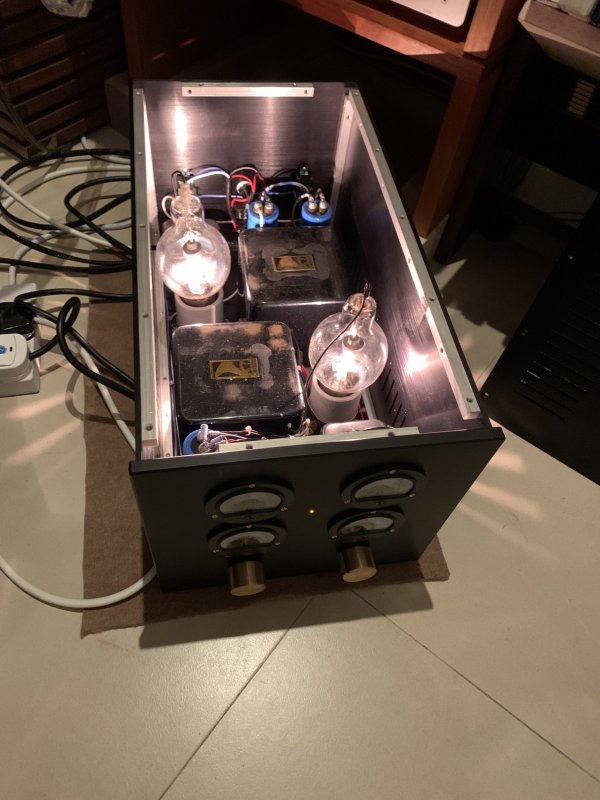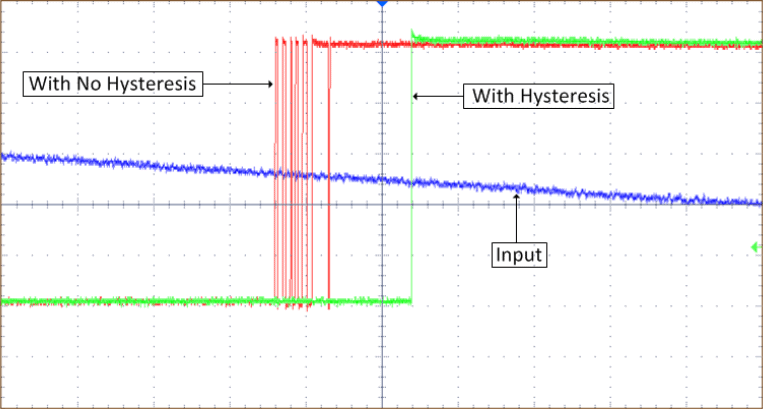None of it is rocket science.
It comes from all over! First, the acceptability of the various distortion harmonics is documented in the Radiotron Designer's Handbook, 3rd edition. Fairly early on in the tome IIRC.
It should be common knowledge at this point that lowered harmonics can mask higher orders. This has been known in loudspeaker design for some time. What's less well known is that the 3rd is treated much like the 2nd harmonic in that its innocuous to the human ear (as long as its not too high). We know this from tape recorders, which make a 3rd harmonic as its dominant distortion component if functioning correctly.
The typical distortions of current amplifiers are one, two or three orders of magnitude lower than the levels referred in Radiotron Designer's Handbook and also of other text books of the 50s and 60s.
Do you know of any more recent studies of the masking theory at these very low levels?









